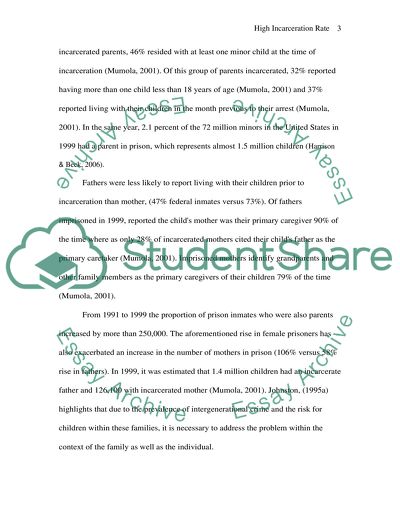Cite this document
(“Consequences of High Incarceration Rate Term Paper - 1”, n.d.)
Consequences of High Incarceration Rate Term Paper - 1. Retrieved from https://studentshare.org/law/1584524-consequences-of-high-incarceration-rate
Consequences of High Incarceration Rate Term Paper - 1. Retrieved from https://studentshare.org/law/1584524-consequences-of-high-incarceration-rate
(Consequences of High Incarceration Rate Term Paper - 1)
Consequences of High Incarceration Rate Term Paper - 1. https://studentshare.org/law/1584524-consequences-of-high-incarceration-rate.
Consequences of High Incarceration Rate Term Paper - 1. https://studentshare.org/law/1584524-consequences-of-high-incarceration-rate.
“Consequences of High Incarceration Rate Term Paper - 1”, n.d. https://studentshare.org/law/1584524-consequences-of-high-incarceration-rate.


